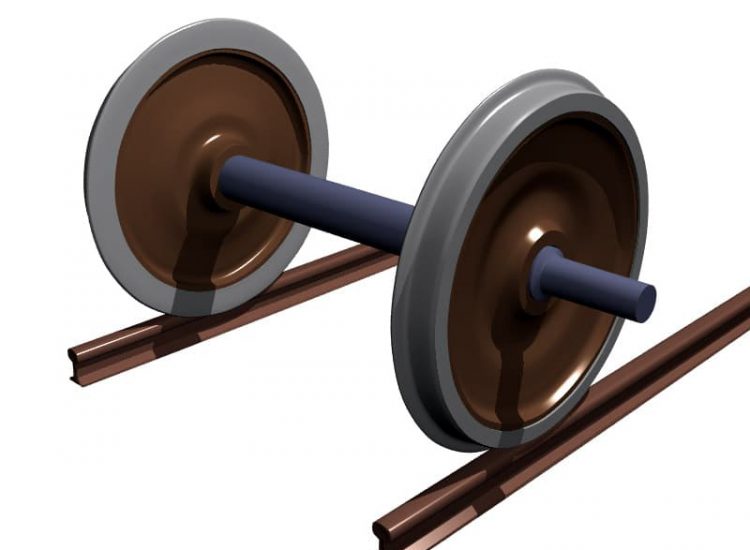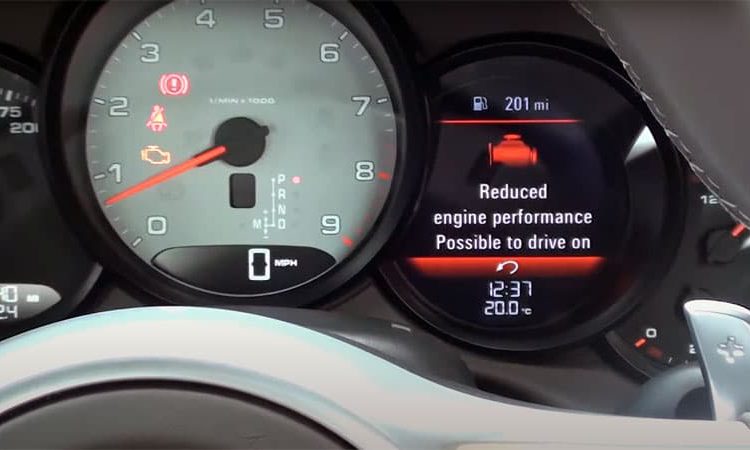Thanks to the continuous development of technology, the internal components of the cars we are using are also more and more advanced.
Toc
The fuel pump also no longer operates based on mechanical mechanisms from the engine to the transmission. Instead, electronic technologies are gradually replacing them to make vehicles more flexible.
But it is also for this reason that interfering with less modern equipment to repair will be a great difficulty because of the lack of guiding information.
So in today’s article, we will show you how to prime a mechanical fuel pump?.
What Is Fuel Pump Priming?

To understand fuel pump priming, you will need to know the number one information about how it works and the cycle of this part.
First, the fuel pump is a part that plays a vital role in the operation of the engine in particular and the entire vehicle in general. Because this device can stabilize the fuel flow from the fuel tank when transported to the combustion chamber to turn into a mixture and burn.
Usually, if there are no active parts, it is easy to experience instability and uneven combustion.
So that the fuel pump can keep the required flow and pressure of the fuel when it comes to a good position for discharge, which will help the engine operate more stably.
Before the engine can enter the combustion cycle to rotate the drive shafts, the fuel pump must deliver pressurized fuel to the fuel injector inlet.
It ensures that the power is converted into an explosive mixture in the shortest possible time.
And the fuel pump priming step is the pre-loading of fuel into the fuel lines and rails of the fuel system so that the first start-up process takes place quickly and efficiently.
Are Mechanical Fuel Pumps Self Priming?
The priming mechanism is available in electronic or mechanical fuel pumps.
So, in theory, you don’t need to prime a mechanical fuel pump manually; this will be done automatically by the mechanics in the engine.
However, unfortunately, if the motor or mechanical fuel pump has some problems, this mechanism will become unstable.
And then you will have to use the prime mechanical fuel pump completely manually, similar to when disable ford pats system.
Do You Need To Prime A New Fuel Pump?
If the mechanical fuel pump available in your vehicle has a problem and you decide to replace it, the replacement product will no longer need to be manual.
Because, as mentioned above, fuel injection devices have built-in mechanisms to help us perform this action without the need for outside intervention.
And only when there is a problem do you need to intervene. And of course, a completely new product usually won’t have too many serious issues.
How To Prime A Mechanical Fuel Pump?

In times of trouble, self-manipulation can help you quickly deal with temporary obstacles and continue your journey. Of course, after performing these steps, you still need to refer to the recommendations from the experts and take the car to the nearest inspection locations.
#1 Fill up the fuel tank
Of course, to start the mechanism related to fuel injection, we will need to fill the tank so that the fuel can reach the injectors as quickly as possible. In addition, filling the tank also helps to maintain stable operations.
#2 Prepare the pipeline
To take this next step, you will need to open the hood to access the internal system.
First, we will have to disconnect the fuel pump connection from the carburetor to flow according to our intentions, like removing refrigerant from car AC.
This usually involves removing the hose clamp; other engines will require you to remove the wire from the carburetor with a wrench. Place a rag on the end of the open fuel line.
#3 Start the operation
At this step, you will need to start the car so that the mechanical fuel pump starts pumping gas and spraying into the required position.
Since you’ve removed the carburetor, fuel will drain out, and the car will soon stop bleeding, but you don’t need to worry as this is a test step, and we’ll get everything back on track soon.
After turning the key, the system will start and inject fuel every 5 seconds, and we will need to restart the system once due to the stalling phenomenon.
#4 Repeat until done
Repeat the injection and injection procedure until you see the fuel begin to wet the rag on the fuel line. It is a sign that we can stop the manipulation process, assemble the parts, and get the car working again.
#5 Reconnect the fuel line to the carburetor.
As the title says, you will only need to reconnect the fuel line to the carburetor then close the bonnet.
If you have time, you can consider checking other issues like checking brake pads without removing the wheel (how to check brake pads without removing wheel)
Fuel Pump Not Priming? Reasons
There are many reasons why the mechanical fuel pump cannot prime itself anymore, but instead, we have to perform this action manually. Some of the most common causes are:
- Damaged fuel pump relay
- Improper wiring and connections
- Damaged fuel pump fuse
- Broken fuel pump check valve
- Faulty fuel pump
- The battery supply voltage is not stable
Frequently Asked Questions(FAQ’s)
1.Should a mechanical fuel pump hold pressure?
Although the output pressure of the mechanical fuel pump is relatively low compared to other modern pumps, it is essential to keep this pressure stable.
2.Can a mechanical fuel pump work intermittently?
All vehicle operations will stop if the fuel pump has a problem, similar to engine failures. But luckily, replacing the fuel pump doesn’t take as long as rebuilding a giant engine.
3.Can you clean a mechanical fuel pump?
You absolutely must not disassemble the fuel pump. Instead, we need to manipulate the seal on the SU only. You will need a screwdriver to pull out the seal and clean the pump in place.
4.Can you suck fuel through a mechanical fuel pump?
If there is still fuel in the float bowl, you can press the gas pedal a few times, and on a carburetor with a gas pump, it will spray air from the float bowl down the carburetor throat.
Conclusion
So together, we have come to find the answer to how to prime a mechanical fuel pump. Hopefully, after today’s article, you can know more information to better maintain and operate the vehicle.














